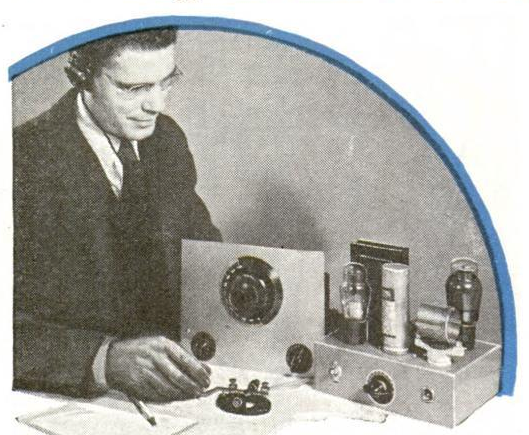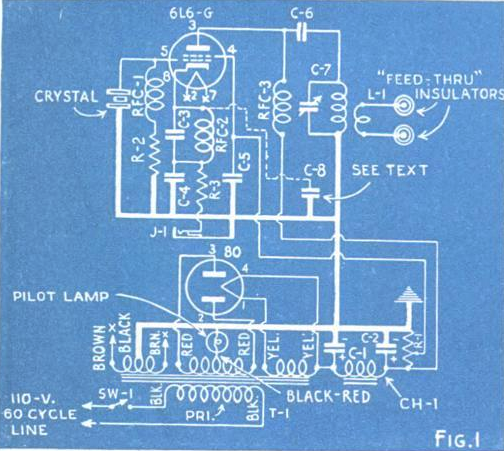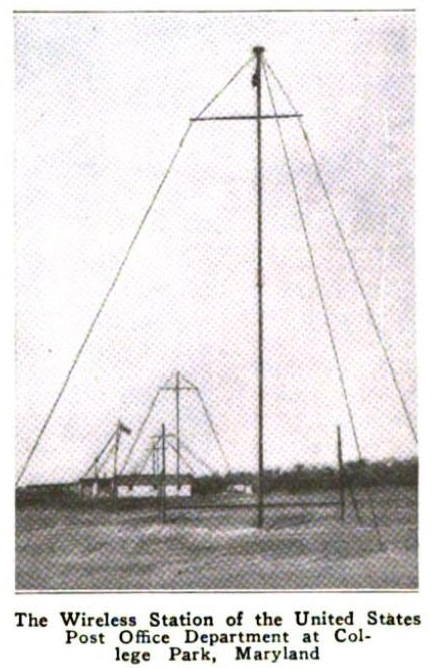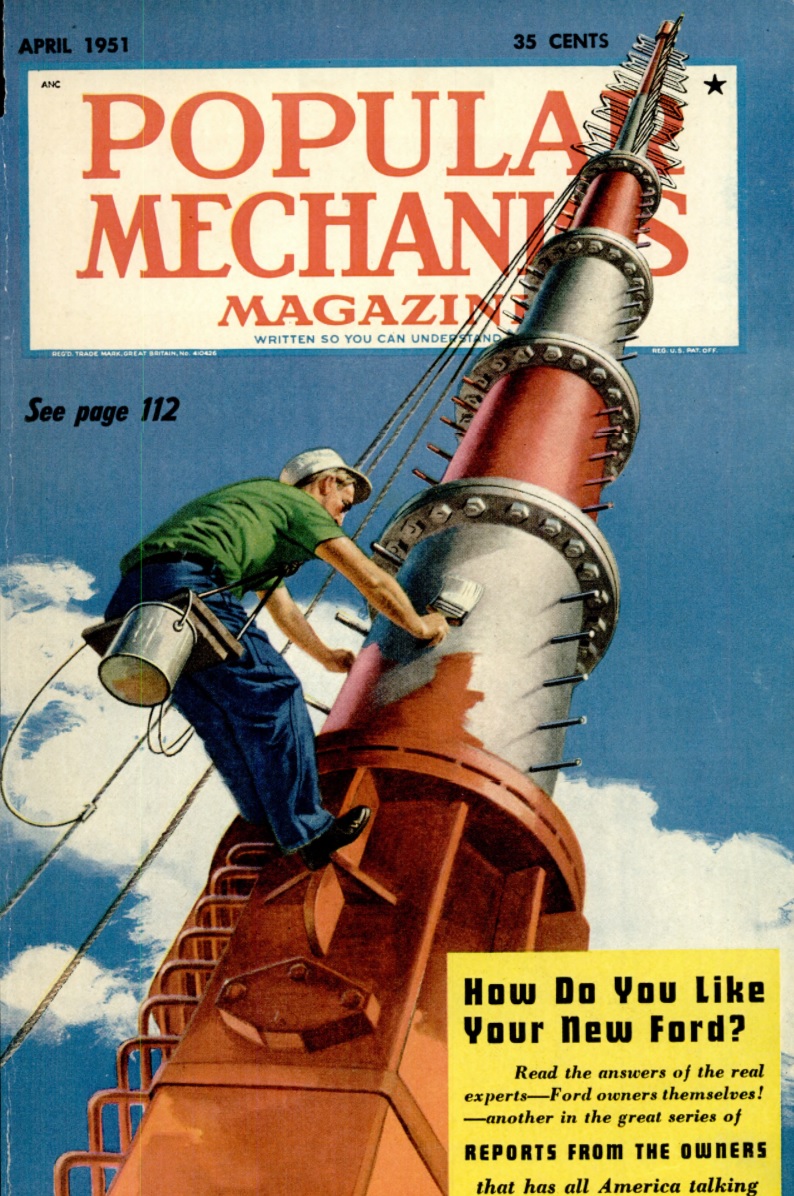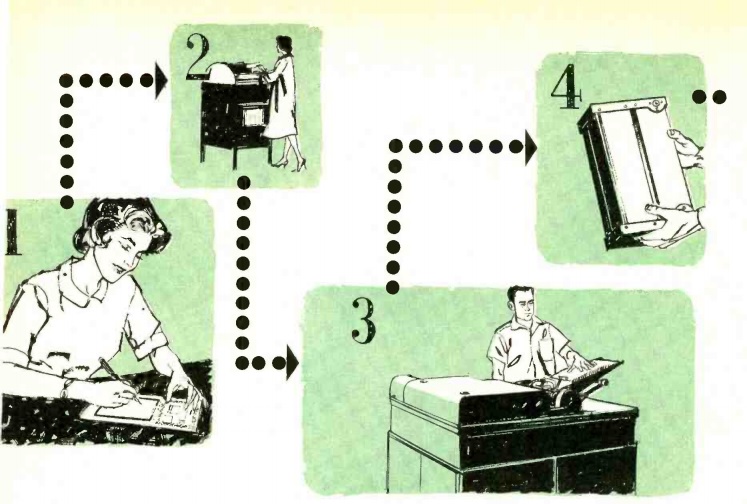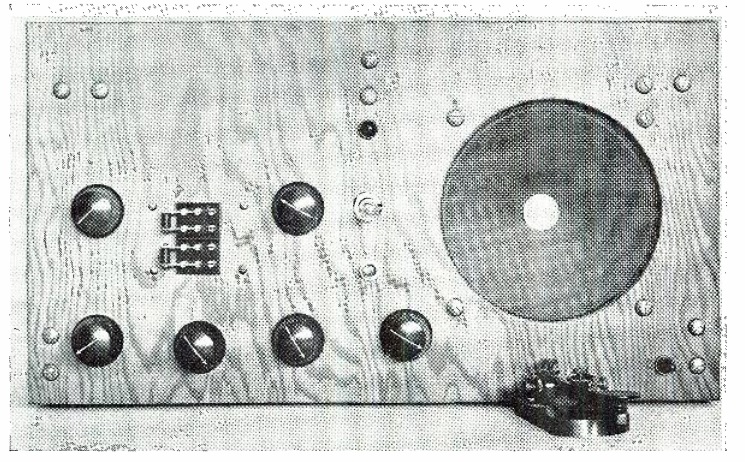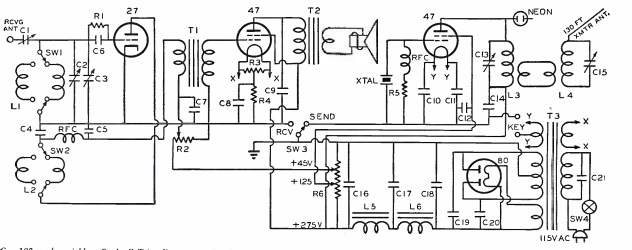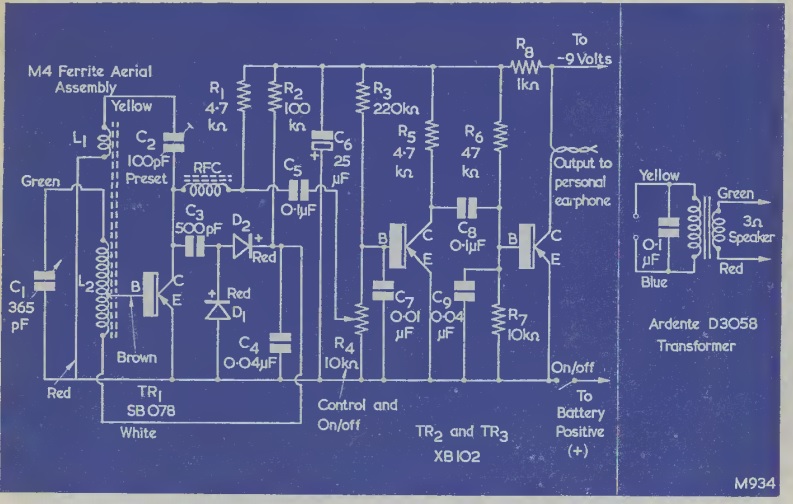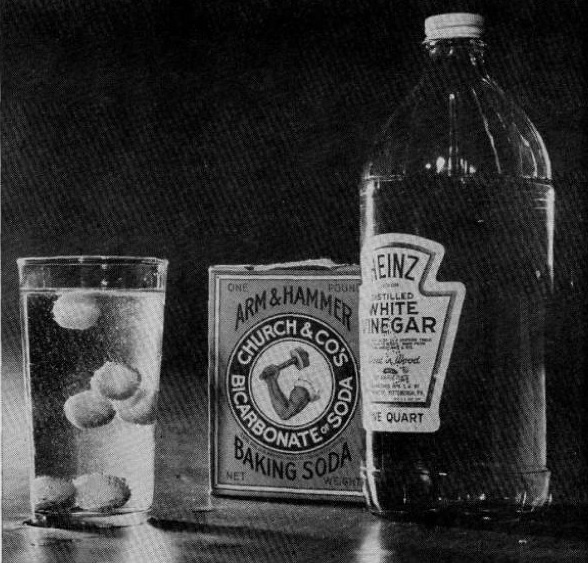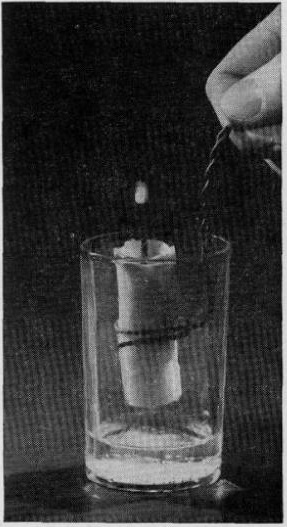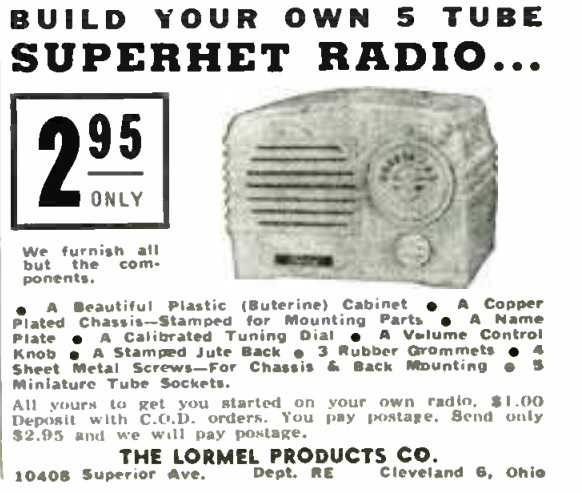 At first glance, this radio kit sounds like a great deal. For only $2.95, including postage, it looks like you get a kit to put together an “All American Five” radio, for considerably less than what it would cost to purchase one already assembled.
At first glance, this radio kit sounds like a great deal. For only $2.95, including postage, it looks like you get a kit to put together an “All American Five” radio, for considerably less than what it would cost to purchase one already assembled.
When I saw it, I was a little bit dubious, so I read more closely. Sure enough, it looks like it includes all of the components. I was still suspicious, so I looked even more closely, to make sure that it was a real five-tube superhet, and not some kind of stripped down crystal set. But sure enough, it includes a calibrated tuning knob and a volume control knob. Yep, it sounds like the real deal, and it sounds like, as the ad announces, a good way to get started in radio.
I bet there were a few who came to the same conclusion and sent in their $2.95. But first, let’s read it one more time, very carefully this time.
For $2.95, you don’t get started in radio. You get started on this radio, but you don’t finish for that price. They don’t furnish all of the components. They furnish all but the components! You get the cabinet, the chassis, name plate, the knobs (but apparently not the volume control or tuning capacitor), the back panel, and five tube sockets (but no tubes). In their generosity, they even include four screws and three grommets. But that’s it. For the actual components, you’re on your own.
The ad appeared 70 years ago this month in the April 1951 issue of Radio-Electronics. It was offered by the Lormel Products Co. of 10406 Superior Avenue, Cleveland, Ohio. They don’t seem to be in business any more.

